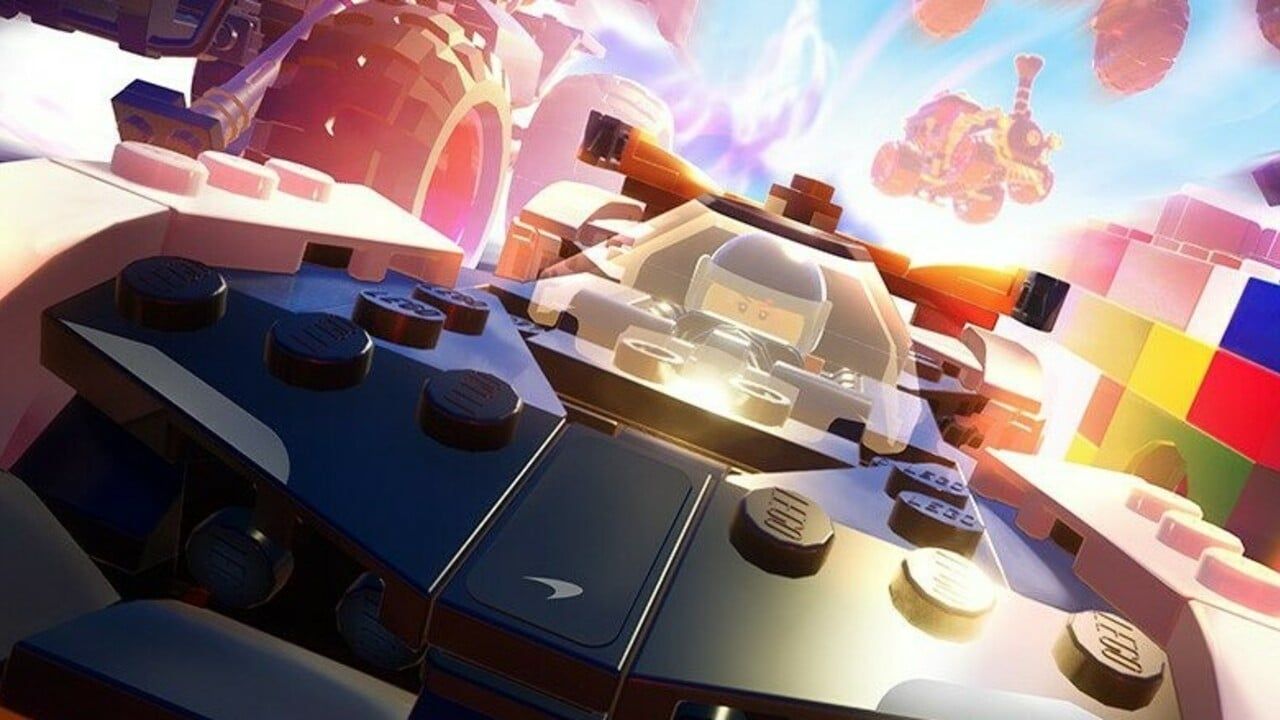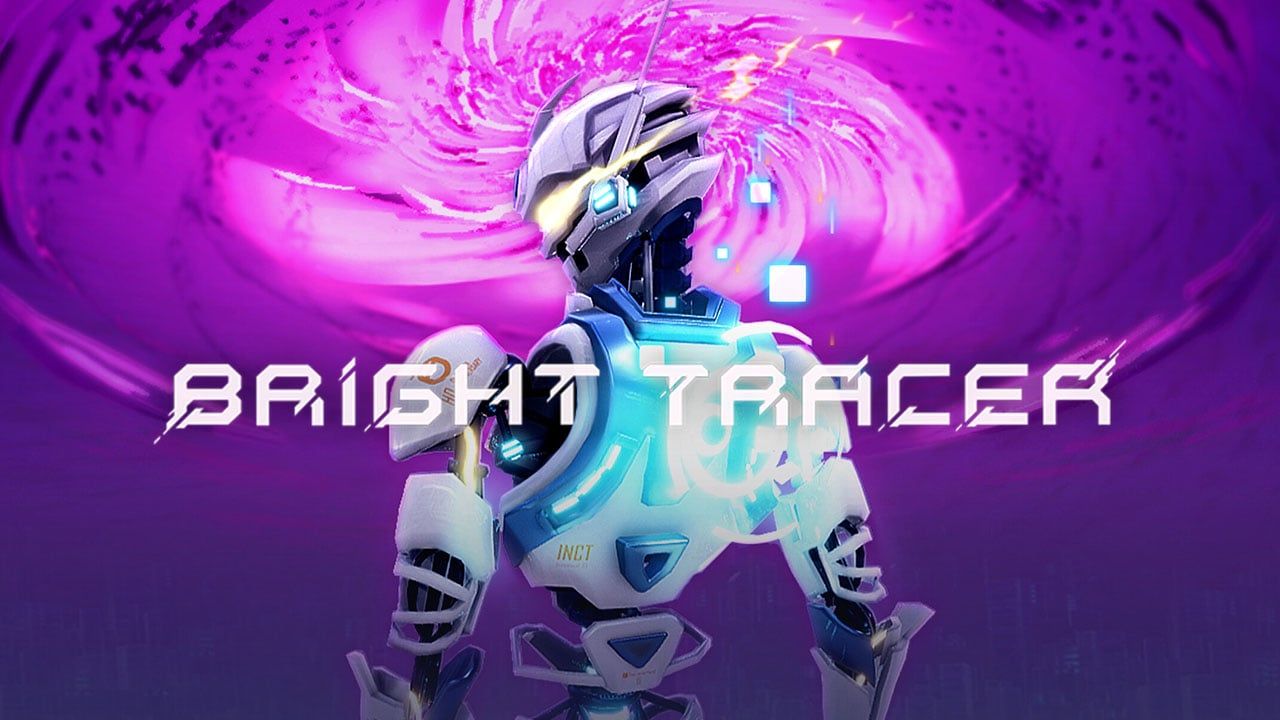LEGO 2K Drive Review (PS5)
LEGO 2K Drive is so nearly there. This colourful arcade racing title makes great use of its licence, and has laid down a great foundation for fun, chaotic driving. However, for as much as the LEGO brand brings to a game like this, publisher 2K Games clearly saw dollar signs over its monetisation potential. The end result is a super entertaining racer that's somewhat stifled by a push for microtransactions.
Before we get too far down that rabbit hole, let's talk about the positives first, because there are a lot. To reiterate, LEGO 2K Drive is an arcade racing game that makes the most of the eponymous brand to deliver a fun, free-wheeling good time. Its Story mode is where you'll spend most of your time, although you can also play Cup Series or single races, and of course take the action online. There's a good amount of stuff to do, in other words, and that's before we get into the Garage's impressive building tools.
So, the Story mode, then. You're cast as a newbie driver, tasked with competing in Bricklandia's racing championships, which culminate with the Sky Cup Grand Prix — the winner of which will be crowned the best racer in all the land. You'll quickly meet friends and enemies along the way, and their characterisation is just as daft and lighthearted as you'd expect. Like all LEGO games, there's a good sense of humour here that has broad appeal for players of all ages.
While the main beats of the Story mode are the races themselves, there's plenty to enjoy outside of those circuits. A total of four sandbox maps give you room to drive around as much as you like, and it's joyously boundless. Possibly inspired by The Crew 2, your vehicle will automatically switch between street car, off-roader, and boat when it goes over different terrain types, meaning you can go basically anywhere. The open world is also stuffed with objects, traffic, and pedestrians, all of which can be driven through with no penalty. In fact, there are several benefits to smashing through these LEGO props: you earn boost, your vehicle gets some health back, and it feels incredibly satisfying.
Each map contains its own set of collectibles to encourage exploration, as well as quick-fire On-the-Go events, quests, and other challenges to keep you busy. Some of these are mandatory, and while they're never as much fun as just racing, it's all pretty inoffensive. There's just about enough of this side content to justify the sandbox maps, and again, it's just fun flying around without a care. Whether you're cruising the open world or competing in races, the driving itself is easy to grasp and highly enjoyable; big, meaty drifts charge your boost meter, while a quick-turn and generous jump allow you to have decent manoeuvrability.
When you do get out on a track, races feel more akin to a kart racer. This is largely due to a selection of power-ups and weapons you'll use Mario Kart-style to clear the way to first place. Some of them are pretty standard, like homing rockets and bombs you roll forward, while others are more imaginative. The ghost power is an evasive tool that can be quickly turned into an offensive one, while the teleport feels like a throwback to LEGO Racers on PS1.
You can swap your set of vehicles for others that you've unlocked, and they all have unique stat bonuses and weights that affect how they handle. On top of that, a Perks system allows you to apply various passive effects. It's nothing too complicated, and honestly doesn't feel all that necessary in a game like this, but we're sure some will appreciate the slight extra depth.
If you don't fancy any of the pre-built vehicles, you can make your own with a seriously robust build mode. In the Garage, you can choose an axel from which to build, and after that, the sky's the limit. There are hundreds of LEGO bricks and pieces to choose from, and you lay them down wherever you want, one at a time. You can change the colours of each piece and apply special effects, then equip it and drive it all you want. If you like, you can also build those vehicles you've unlocked with step-by-step instructions, again all using real-world LEGO pieces. The camera control in this mode can make building a little fiddly, but it's still a very impressive toolkit overall.
The only real downside is that you currently can't share your creations online, which seems like a massive missed opportunity. It means that those who aren't inclined to build new cars and boats will instead need to rely on unlocks or head to Unkie's Emporium, the in-game store where you can spend your hard-earned cash.
Rewarded for winning races, discovering new events, and beating challenges, Brickbux is the main currency in LEGO 2K Drive, and it's used in Unkie's Emporium to purchase new vehicles, drivers, and even LEGO pieces for the build mode. This seems fine at first, but the rate at which you earn Brickbux is fairly slow — especially online, where a first place result nets you a whopping 5 Brickbux. New build pieces typically cost 4,000 each, while characters are usually 6,000, and cars are mostly 10,000. After playing for 15 hours or so, we've accrued about 25,000 Brickbux.
Obviously, this slow delivery of currency is pushing you towards microtransactions. You can buy bulk amounts of Coins, which can then be converted into Brickbux. 500 of them, which costs £4.49, transfers to 10,000 Brickbux. So, about a fiver for an average in-game vehicle, if you don't want to grind Story mode races. You do get Coins as part of the premium Drive Pass seasons, but access to these obviously costs real-world money too. It all feels quite icky, especially in a game geared predominantly towards children. If the balance is tweaked to let you earn more Brickbux through regular play, that would go some way to fixing this issue, but right now the whole thing's a bit much.
It's a shame, because as mentioned, the core game has a lot to offer. LEGO fans will love the creation mode, while there's plenty to enjoy about the racing itself as well as the open world design, simple as it is. If you can look past the microtransaction stuff and just focus on the fun, you'll have a blast — but the slow payout of currency (and the fact the game costs up to £60/$70 to begin with) makes the in-game store hard to ignore.
Source: Push Square


